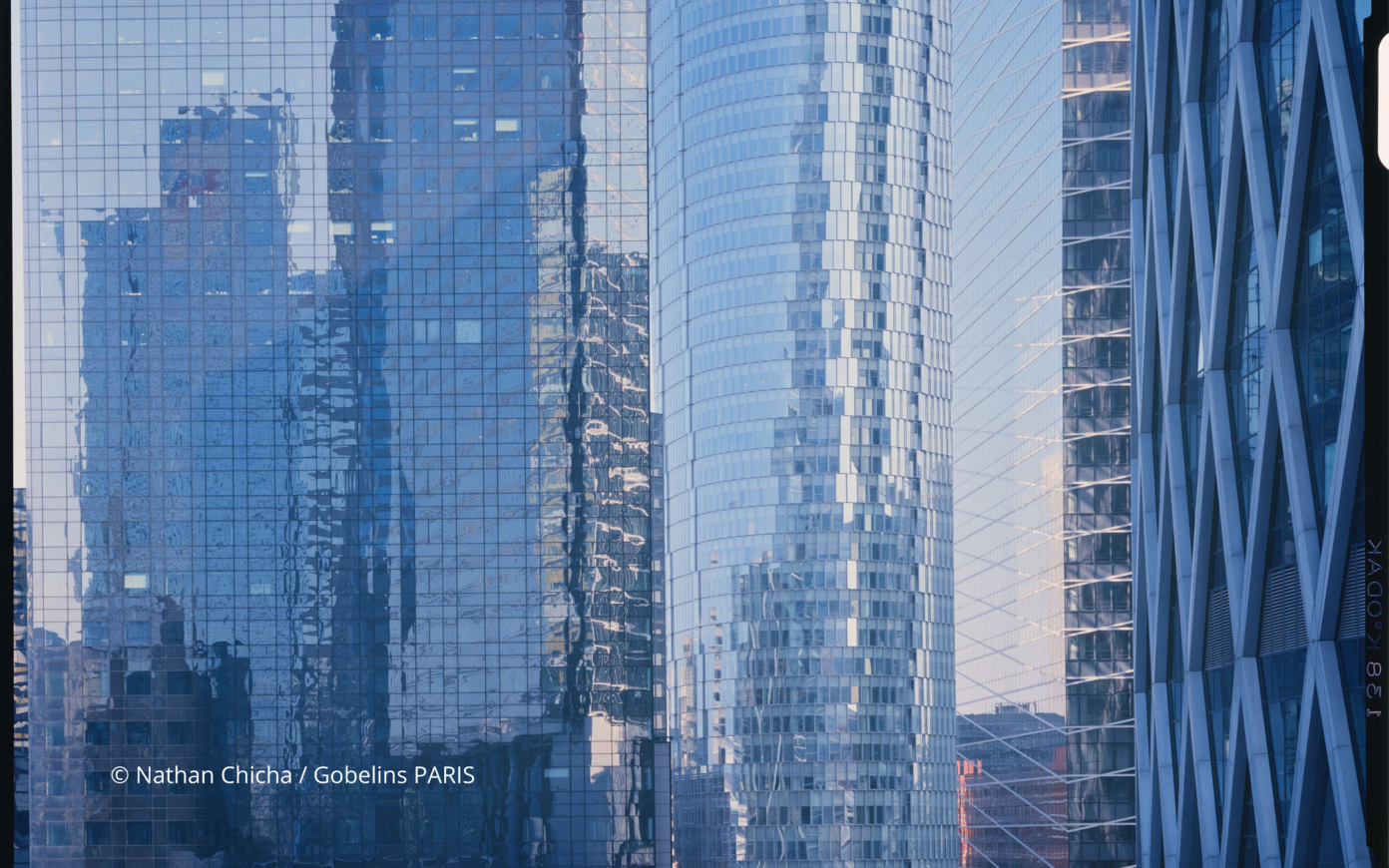Superposing the city

- Publish On 30 October 2017
- Yann Moulier-Boutang
- 5 minutes
Yann Moulier-Boutang is an economist and essayist, professor at the université de technologie de Compiègne, Binghamton University in New York, and Shanghai UTSEUS University, Complexcity Laboratory. The consequences of cognitive capitalism – the shift towards a pollination and contribution economy – is one of its main areas of research.
He describes here the impact of this paradigm shift on city planning and contemporary architecture.








